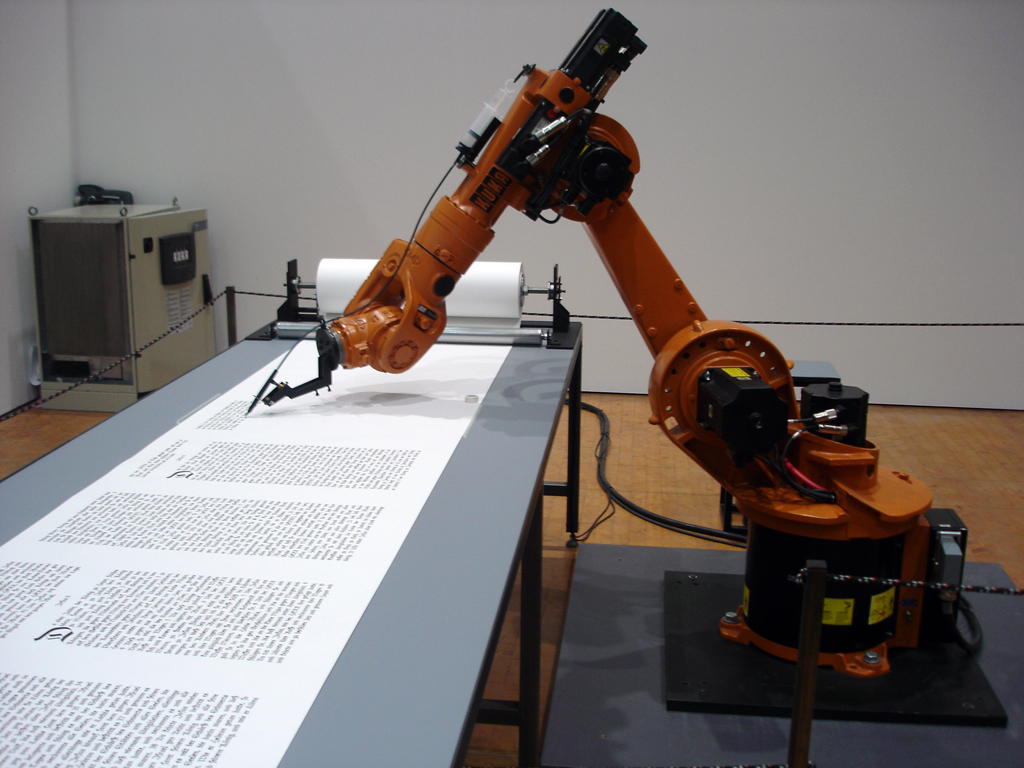
Advertisement
A recent report by the Robotic Industries Association (RIA) revealed that current developments designed to make robots smaller and cheaper has led to a significant increase in their sales over the previous year. According to the report, this is due in part to an increasing number of North American countries, such as U.S., Mexico and Canada, that move manufacturing sites closer to the U.S. market. The report also noted that North American manufacturing firms purchased a total of 9,773 industrial robots in the first quarter of 2017, which were valued at approximately $516 million. In contrast, North American companies purchased 7,406 robots in 2016, which was valued at $402 million. The current rates marked a 28 percent increase in dollar value since last year, the report showed.
The report also noted that North American companies bought 32 percent more robots compared with the first quarter of 2016. This, compared with only a seven percent increase between 2015 and 2016. According to the RIA, the recent rates indicated the strongest first quarter sales for robots in the North American region. In addition, the unit price of robots showed a three percent decline between 2016 and 2017. Additionally, the report noted that more North American companies are using robots to increase productivity, instead of considering cheap labor worldwide. Such a trend has prompted some operations to stay in the U.S. This has also encouraged companies to move production closer to major markets, the report showed.
More robots could mean a smaller human workforce
The recent increases in robot use could be detrimental to the human workforce, a recent report showed. According to a National Bureau of Economic Research report, the introduction of robots in the workforce has resulted in the elimination of more than six jobs within a local region. The report also showed that robots accounted for the loss of up to 670,000 manufacturing jobs between 1990 and 2007. This may worsen as more companies use robots to bulk-up their production, the researchers said. In addition, the report revealed a slight decline in employee wages following robot introduction. According to the report, wages declined between 0.25 percent and 0.50 percent per 1,000 employees when companies introduced one or more robots in the production process.

Moshe Vardi, a computational engineering professor at Rice University in Houston, Texas also warned that the current trends in robot use may render more than half of the U.S. population unemployed within the next 30 years. According to Professor Vardi, the current developments in robotics and artificial intelligence will lead to a workplace revolution that has never been seen before.
“We are approaching a time when machines will be able to outperform humans at almost any task. I believe that society needs to confront this question before it is upon us. I do believe that, by 2045, machines will be able to do a very significant fraction of the work a man can do. The following question, therefore, seems to be of paramount importance: if machines are capable of doing almost any work humans can do, what will humans do? You hear about the Google Car. There are millions of people who make a living from driving, like bus drivers and taxi drivers. What kind of jobs are going to replace them?” Professor Vardi stated during last year’s meeting of the American Association for the Advancement of Science.
“There has been a decoupling of national wealth and household income, and there is reason to believe that automation is a major factor in this great decoupling. The changes in automation are nothing short of dramatic and we can really expect, for instance, that driving will be fully automated in the US in the next 25 years.Yet 10 per cent of jobs in the US involve operating a vehicle. Many of these jobs will disappear,” the expert added.
Sources include:
Submit a correction >>
This article may contain statements that reflect the opinion of the author
Advertisement
Advertisements















